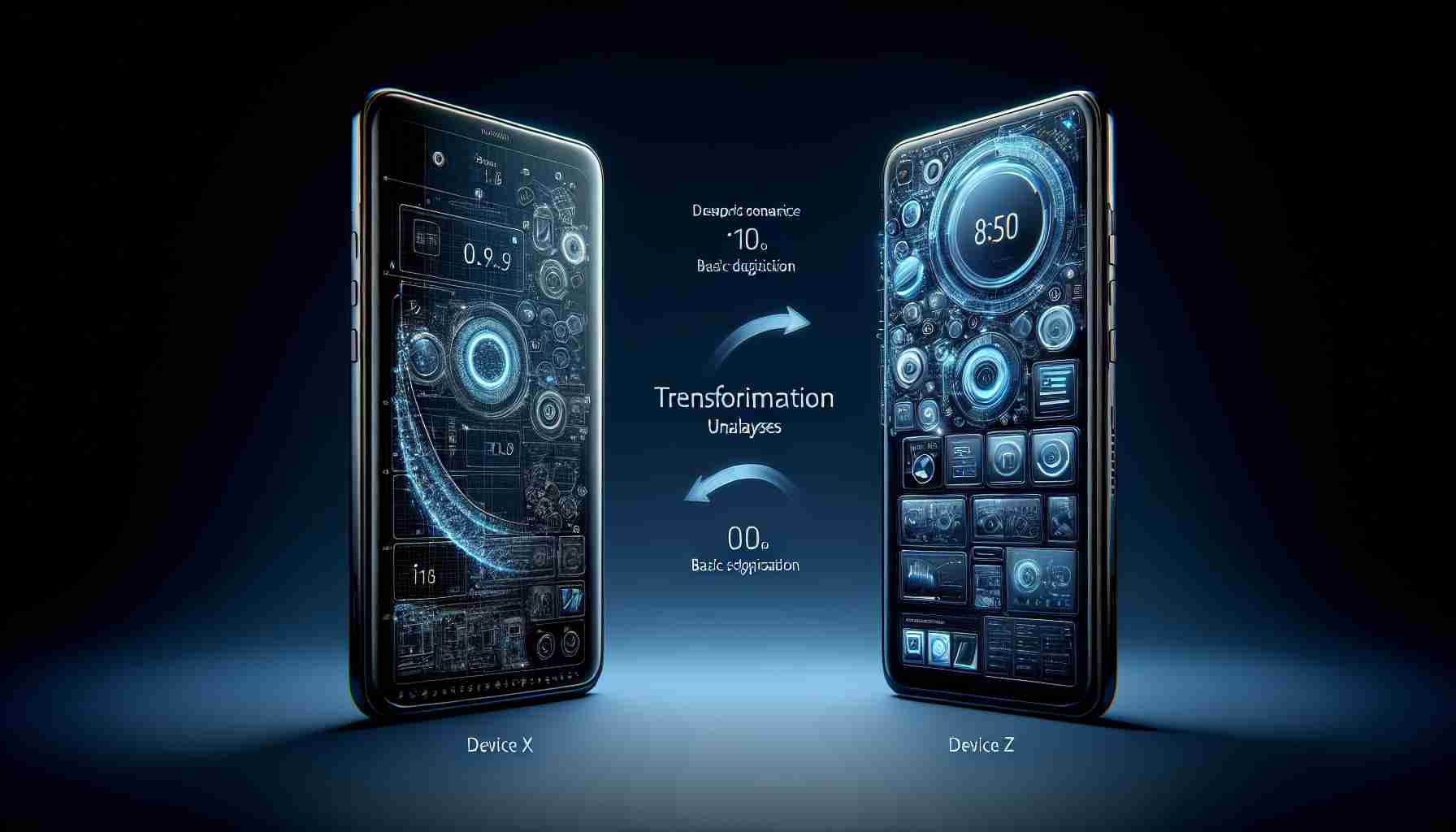The Google Pixel 8a sets new horizons for midrange smartphones. Two years ago, the Pixel 6a captured the hearts of many with its robust Tensor processor and stellar camera performance. However, with tech advancements marching on, enthusiasts now have their eyes on its successor, the Pixel 8a.
In this technological leap, the Pixel 6a still stands firm with capabilities that continue to impress today. Its AI-driven features and camera prowess ensure it remains a viable option for those reluctant to switch devices frequently. But the next iteration in the series, the Pixel 8a, promises enhancements in several key areas.
One cannot overlook the upgraded Tensor chipset of the Pixel 8a, which paves the way for advanced AI attributes. This modern marvel also features a more vibrant display, with a 120Hz refresh rate compared to its predecessor’s 60Hz, making for a smoother visual experience. Coupled with an ambitious display that boasts a peak brightness significantly higher than the Pixel 6a, it assures better readability under harsh lighting.
The camera module also receives an innovative revamp. An impressive 64MP main sensor partners with a 13MP ultrawide lens to capture the finest details. Further supplemented by a 13MP front camera for self-portraits, the Pixel 8a stands at the forefront of photographic innovation. The Pixel 6a, in comparison, maintains a reliable but less advanced set of 12MP sensors.
In terms of performance, the new Tensor G3 chipset in the Pixel 8a signifies substantial progress from the Tensor G1, promising brisker and more responsive computing.
As we await detailed reviews for the Pixel 8a, its list of potential enhancements, including a substantive increase in RAM and the addition of wireless charging, suggests a compelling justification for the upgrade—even considering the marginal price increment for those moving from a Pixel 6a.
The Evolution from Pixel 6a to Pixel 8a: An Insightful Analysis.
One of the most important questions when analyzing the evolution of a smartphone is: What are the significant improvements from one model to the next? For the Pixel 8a, the improvements mentioned include an upgraded Tensor chipset, a higher refresh rate display, increased peak brightness, a more robust camera setup, and the addition of performance-enhancing features such as increased RAM and wireless charging.
A crucial challenge in the smartphone industry, particularly for Google’s Pixel series, has been to balance the implementation of new technology with cost constraints, especially in the midrange market where the Pixel ‘a’ series competes. This necessitates a strategic selection of features to upgrade, ensuring that improvements are compelling enough to justify a new purchase without skyrocketing the price.
Controversy in the evolution often revolves around the removal of beloved features, potential increases in price, or changes in design that may not be well-received by all consumers.
Regarding advantages and disadvantages, improvements such as the 120Hz refresh rate and the 64MP main camera offer tangible benefits in user experience and photo quality. However, these upgrades may result in higher power consumption, potentially affecting battery life. Additionally, wireless charging, while convenient, often charges devices more slowly than wired charging and may add to the cost of the phone.
Here are some related links that may be helpful for further insights into the Pixel series:
– Google Official Site: for official announcements and specifications.
– Android Official Site: for information on the operating system and compatibility with Google services.
The evolution from the Pixel 6a to the Pixel 8a reflects Google’s responsiveness to consumer demands and technological trends. The Pixel 8a suggests holistic improvements over its predecessor, aiming to offer a fresh and advanced experience for users. Whether these enhancements constitute a necessity or a luxury will largely depend on individual user needs and the performance of the device once it undergoes thorough reviews post-release.
